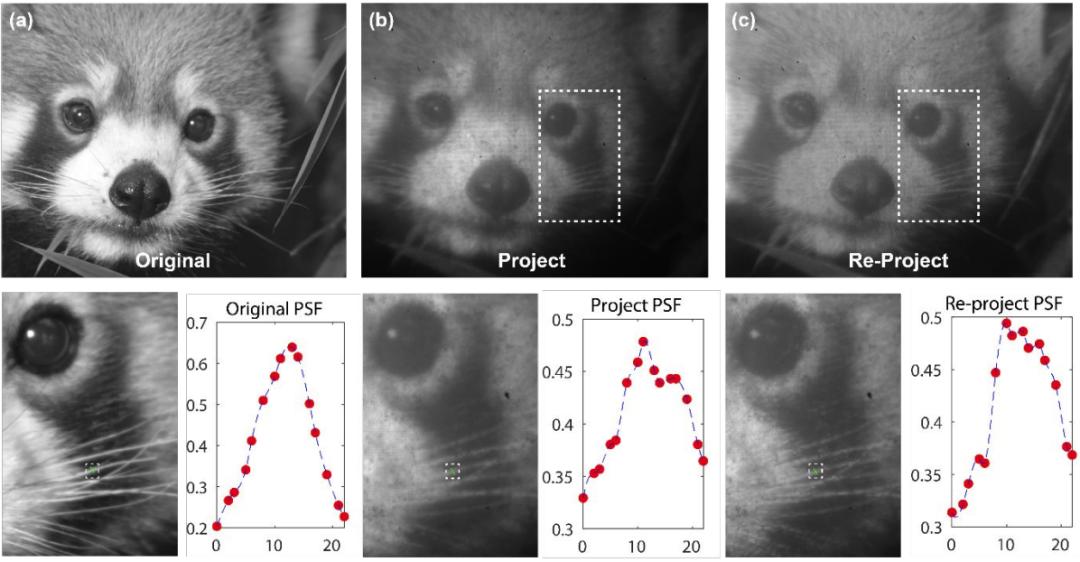AR technology overlays digital images onto real-world backdrops, promising applications far beyond gaming, such as surgery and autonomous driving.
However, AR systems require portable optical components, unlike the bulky optics in automotive HUDs or goggles. Miniaturizing the standard four-lens AR systems to the size of glasses often results in compromised image quality and a reduced field of view. Ma’s team may have found a simplified solution. Their novel single-lens hybrid AR design merges metasurfaces and refractive lenses with a Micro OLED screen, which contains a micro-array of green LEDs for image projection.

Technical Innovations
The metasurface—a thin and lightweight silicon nitride film—features meticulously engraved patterns that act as micro-optical guides, shaping and focusing green light emitted by the Micro OLED. A refractive lens, crafted from advanced synthetic polymers, refines the image by sharpening edges and minimizing optical aberrations. This process produces clear, vividly colored black-and-green images.Projected images seamlessly overlay real-world objects, delivering a strikingly realistic and immersive AR experience. Advanced computational algorithms precisely identify and pre-correct subtle optical flaws, ensuring that light exiting the Micro OLED is perfectly adjusted. This pre-adjustment results in a dramatic enhancement of the projected image’s resolution.

Performance Evaluation
The hybrid AR display was integrated into an eyeglass prototype. The team assessed its functionality using computational image enhancement. The single-lens hybrid system achieved image distortion of less than 2% within a 30° field of view, comparable to the image quality of commercial four-lens AR platforms.In tests, a red panda image re-projected via AR showed a 4% improvement in structural similarity compared to the original image, reaching 74.3%. This demonstrated the platform's exceptional image fidelity performance.
Future Outlook
According to the researchers, as the technology matures, this platform could evolve from using a single green light source to supporting full-color displays, paving the way for the commercialization of next-generation AR glasses.
















